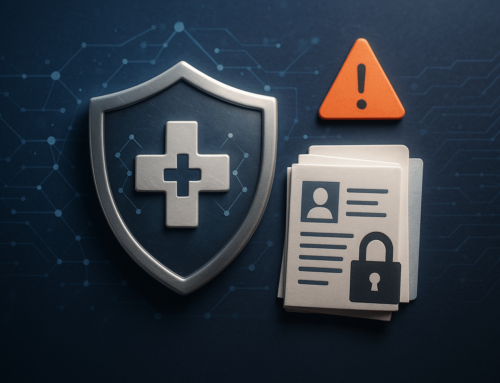
Dr. William Do, DDS, lost his license to practice dentistry after the Dental Board of California discovered that the dentist failed to comply with infection control standards. The dental office was found to operate under unsanitary and unsafe office conditions. He was given 30 days to appeal the citation and explain how they were implementing corrective actions to remedy the issues and pay a $3,000 fine. When Dr. Do failed to do so, the Board acted by revoking his license.
Understanding OSHA Dental Sterilization Guidelines
OSHA dental sterilization guidelines encompass a wide range of requirements designed to prevent the spread of infections and diseases within dental offices. One key aspect is ensuring that all dental instruments are properly cleaned and sterilized before each use. This helps eliminate any potential pathogens or contaminants that may be present on the instruments.
To meet OSHA’s sterilization requirements, dental offices must implement an effective cleaning process followed by proper sterilization. The process typically involves pre-cleaning the instruments to remove visible debris or organic material. Afterward, they should undergo thorough disinfection using appropriate cleaning agents. Finally, proper sterilization methods such as autoclaving or chemical immersion must be employed to eliminate microorganisms completely.
Cold Sterile Dental OSHA Requirements: The True Solution
In some cases, cold, sterile techniques may be used instead of traditional autoclaving for certain types of equipment. Cold sterile is a method where instruments are soaked in a high-level disinfectant solution instead of being subjected to heat-based sterilization methods like autoclaving. However, it is essential to note that not all instruments can be cold sterilized.
According to OSHA guidelines for sterilizing dental instruments:
- Critical Items: that penetrate soft tissue or bone – must always be heat-sterilized through autoclaving
- Semi-Critical Items: that come in contact with mucous membranes or non-intact skin – should also be heat-sterilized whenever possible
- Non-Critical Items: that only come in contact with intact skin – can be cold-sterilized using appropriate disinfectants
Implementing OSHA Sterilization Requirements in Dental Practices
To ensure compliance with OSHA sterilization requirements, dental practices must establish a comprehensive infection control program.
This program should include written protocols and procedures for:
- Instrument Cleaning
- Disinfection
- Sterilization
Staff should receive proper training on these protocols and be provided with the necessary resources to carry them out effectively.
Additionally, regular monitoring and documentation of sterilization processes are essential. Dental offices must maintain accurate records of each sterilization cycle, including information such as:
- Date
- Time
- Temperature
- Pressure (for autoclaving)
- Person Responsible for the Process
These records serve as proof of compliance and help identify potential issues or improvement areas.
A Safe Working Environment: Protecting Dental Professionals
While OSHA’s sterilization guidelines primarily focus on ensuring patient safety, they also protect dental professionals from occupational hazards. By following these guidelines, dental offices minimize the risk of exposure to bloodborne pathogens and other infectious materials.
In addition to proper instrument sterilization, dental offices must implement measures such as personal protective equipment (PPE) for staff members.
This includes:
- Gloves
- Masks
- Protective Eyewear
- Gowns
Adequate hand hygiene protocols and engineering controls like sharps disposal containers further contribute to maintaining a safe working environment for dental professionals.









